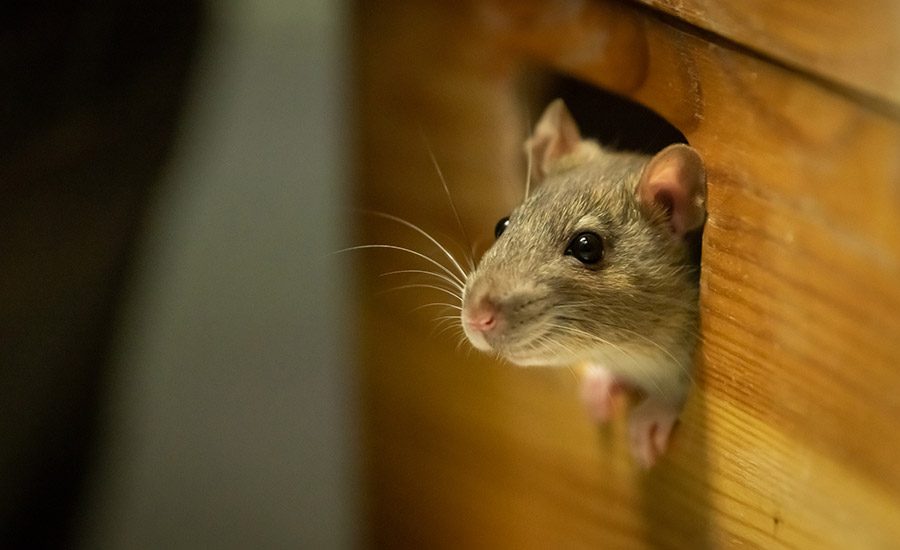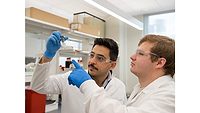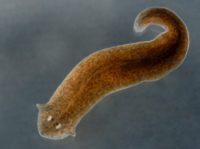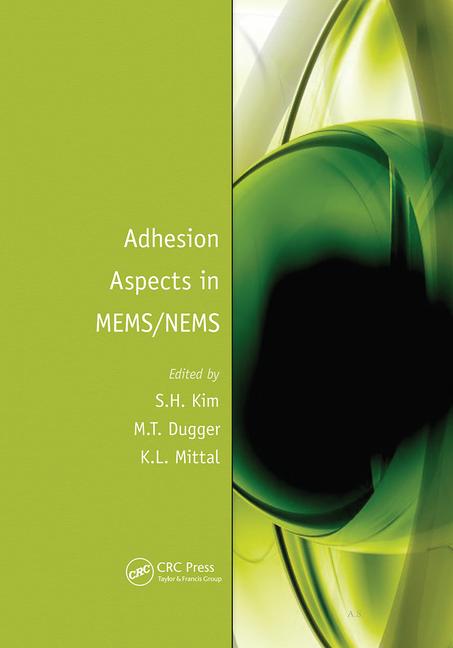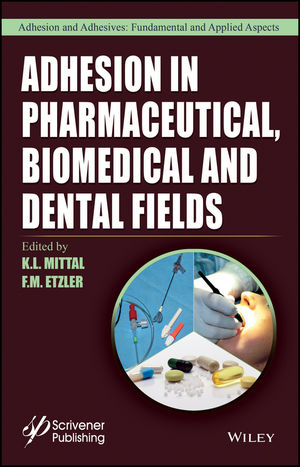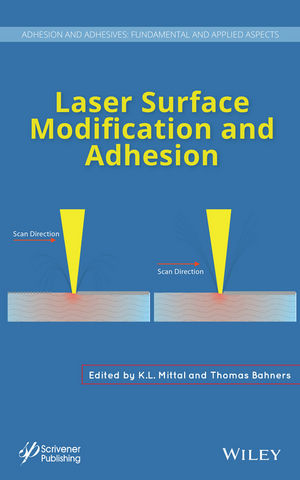Researchers Receive Award to Develop Mussel-Inspired Underwater Adhesion

Two researchers at the University of Pittsburgh are using their expertise in hydrogels and liquid crystal elastomers – as well as inspiration from Mother Nature – to design a more effective and powerful adhesive for gluing structures underwater.
The proposal for META GLUE – Molecularly Engineered Toughness to Augment Grip Likelihood in Underwater Environments – recently received a $251,981 first-year seedling award from the Defense Advanced Research Projects Agency (DARPA). Principal investigator is M. Ravi Shankar, professor of industrial engineering at Pitt’s Swanson School of Engineering, and he is joined by Qihan Liu, assistant professor of mechanical engineering and materials science.
“Although modern science has developed several glues that work underwater, these adhesives struggle to perform as well as those operating under dry conditions. Intimate bonding is prevented by entrapment of water and those that do form are stressed by oxidation, pressure, salinity, and other factors,” Shankar explained. “However, bivalves have fascinated humans since antiquity for their ability to not only effectively adhere to underwater surfaces, but also withstand crashing waves and tremendous forces to hitch rides around the world.
“Only recently has science understood how these bioadhesives work. Our approach is to assimilate these features in highly architected synthetic systems, where we design-in capabilities that potentially outperform living systems.”
Specifically, Shankar and Liu are applying these mussel-inspired chemistries to explore the interplay between elasticity, hydrodynamics, and capillarity to optimize adhesives at the molecular level. The two are focused on exploiting chemical phenomena presented by plaque proteins that the mussel “foot” uses to adhere to surfaces in a matter of minutes. Their project seeks to exploit these biochemical phenomena in liquid crystal elastomers (LCE) designed with precisely controlled microstructures.
“This technology is not only critical for strengthening underwater infrastructure such as platforms and piping but could also be adapted for use in surgeries or other fluidic environments,” Liu said. “Biomimicry has helped to transform materials science by helping us apply the chemistries of natural life.”
Looking for a reprint of this article?
From high-res PDFs to custom plaques, order your copy today!
